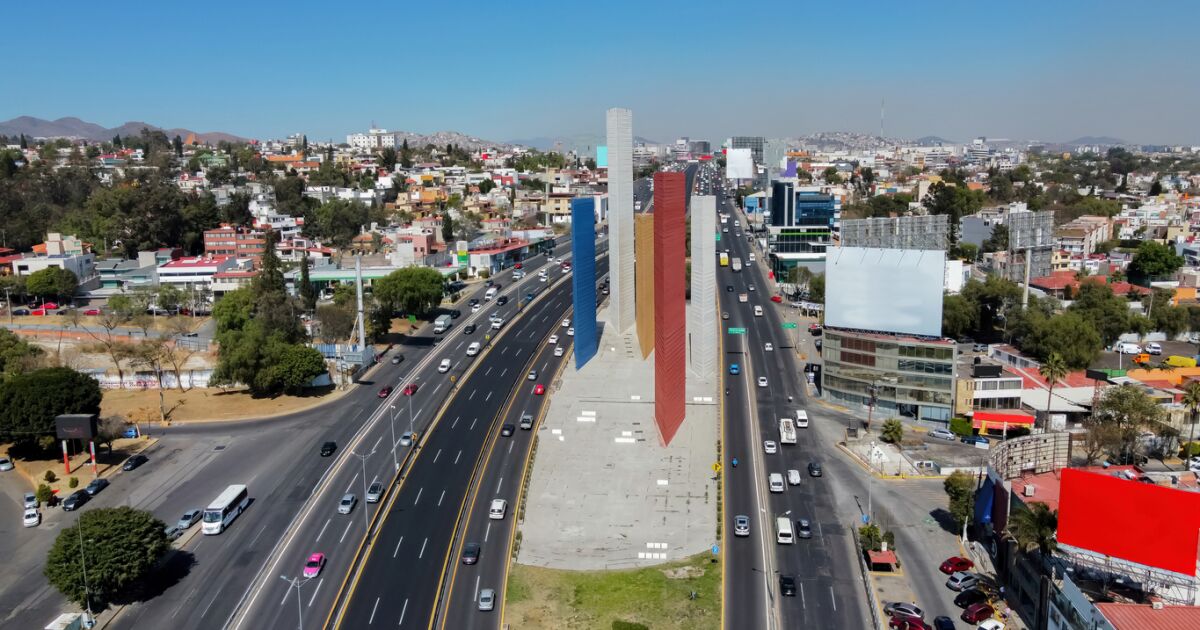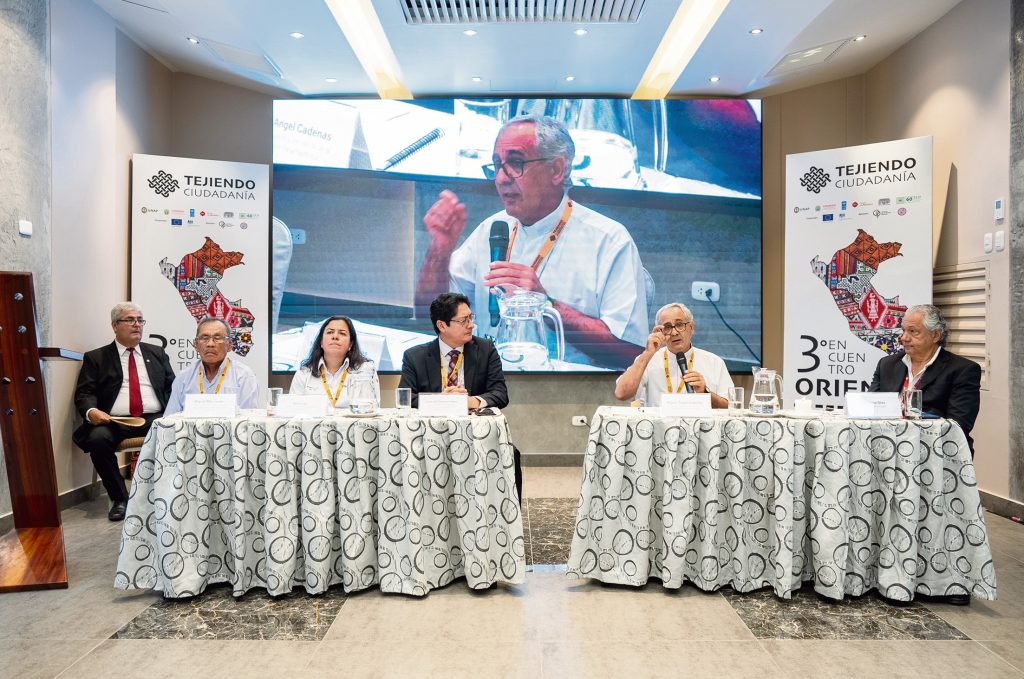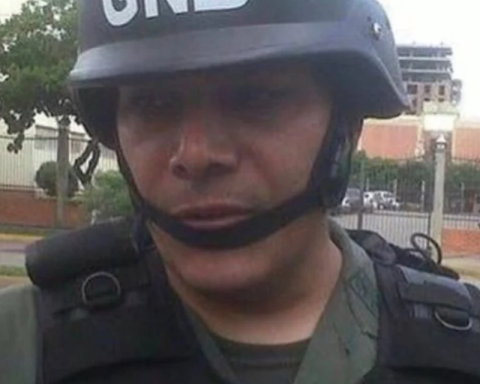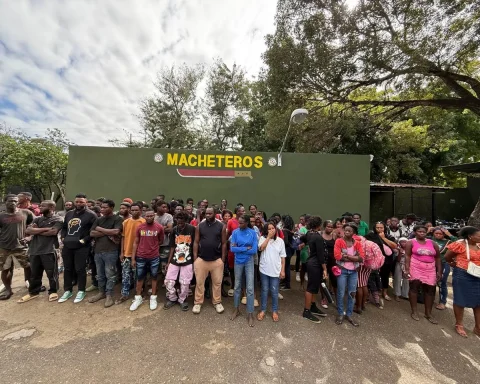They highlight that a fundamental step would be to eliminate geographical barriers for the application of public policies that impact residents regardless of the type of municipality or the party in government.
Likewise, they point out that, for the first time, Mexico City, the State of Mexico, Hidalgo and the federal state share the same political and ideological current, which could facilitate the implementation of the metropolitan agenda.
A challenge that has been around for decades
Alfonso Iracheta, architect and researcher at the Colegio Mexiquense, highlighted that the concept of the Metropolitan Agenda emerged more than 30 years ago, but it was not until 2016 when the needs of the inhabitants of the capital and the surrounding municipalities began to gain greater relevance.
He pointed out that the metropolis or megalopolis must overcome fragmentation and project itself, in the near future, as a single integrated city in the center of the country.
To achieve this, he said, it is essential to establish a great agreement between governments, municipalities and mayors on the responsibilities they will assume to serve the inhabitants of the region, as well as guarantee that infrastructure benefits are distributed equitably.
“Why hasn’t it prospered? I believe that it is not an issue of parties, but rather an issue of knowledge and commitment.” he assured.
He said that, for the agreement to be finalized, there must be a deadline and obligation to comply with the metropolitan agenda, as well as delimit administrative responsibilities, without political flags of any kind.
“What (issue) of water, transportation, planning, works rates is metropolitan and what is municipal? These issues are not discussed in political parties,” he noted.














